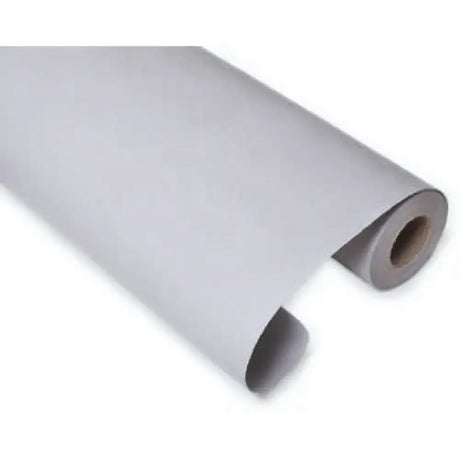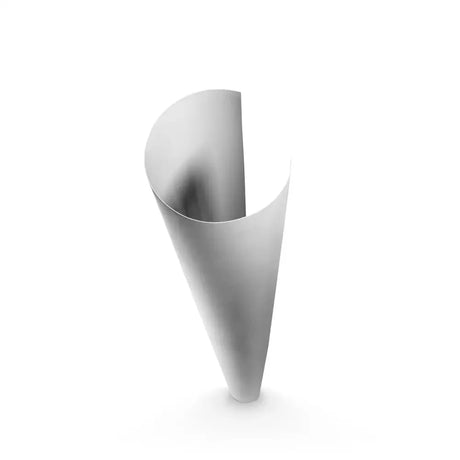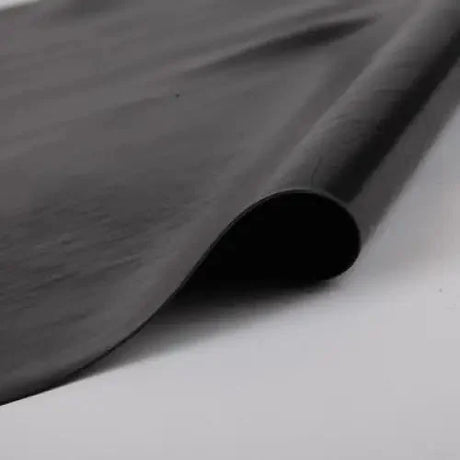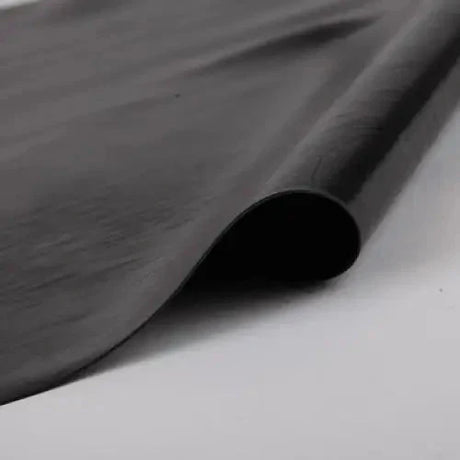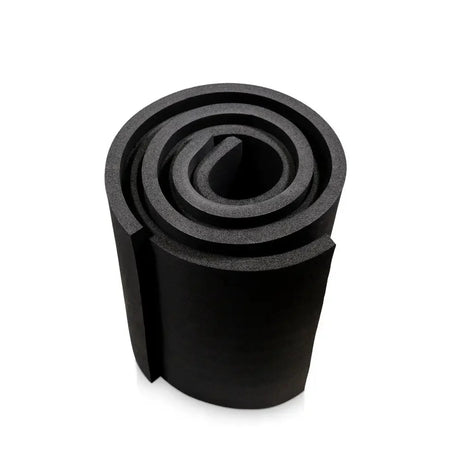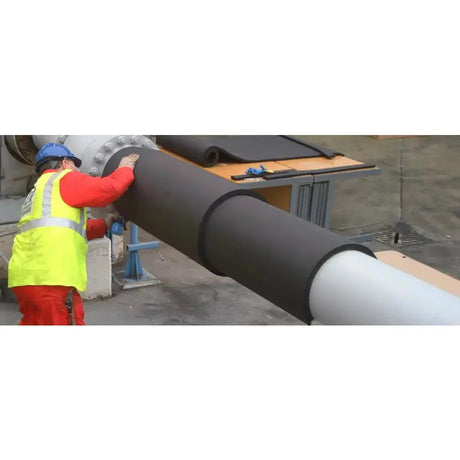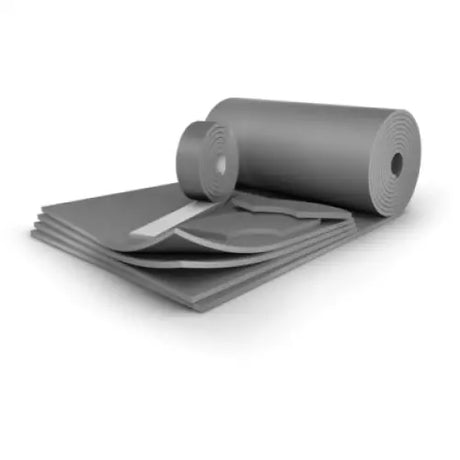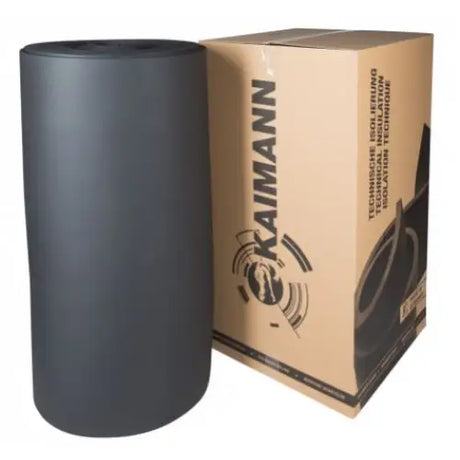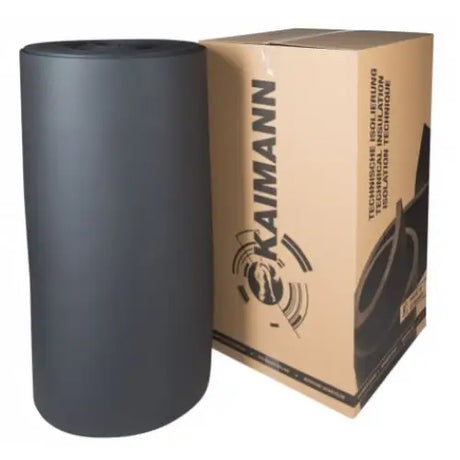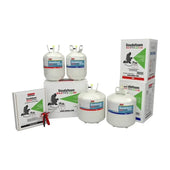Introduction
Are you feeling the chill this winter? Perhaps it's time to look upward and consider the state of your attic insulation. The importance of attic insulation in a home cannot be overstated. Not only does it keep your home warm in winter and cool in the summer, but it also significantly reduces energy consumption, leading to lower energy bills. This article will guide you on a DIY journey to installing attic insulation, discussing the importance, types, and steps for a successful installation. Ready to get your hands dirty? Let's dive in.
Why is Attic Insiculation Important?
Attic insulation plays a vital role in maintaining energy efficiency in your home. It acts as a barrier, preventing the escape of warm air during winter and the intrusion of hot air during summer, thereby regulating the indoor temperature. But how does this translate to your energy bills?
The answer is simple - when your house is properly insulated, your heating and cooling systems don't have to work as hard to maintain a comfortable indoor temperature. The result? Lower energy consumption and reduced energy bills. So, if you’ve been wondering why your energy bills skyrocket during extreme weather conditions, the culprit might be right above your head.
Types of Attic Insulation
When it comes to attic insulation, there are several types to choose from. Let's examine them.
Blanket Insulation
Blanket insulation, as the name suggests, comes in the form of blankets or rolls. It's typically made from materials such as fiberglass or mineral wool. Blanket insulation is easy to install and is a cost-effective option, making it ideal for DIY enthusiasts. However, it requires precise cutting and fitting, especially around obstructions like pipes and wiring.
Loose-fill Insulation
Loose-fill insulation consists of small particles of fibrous materials like cellulose or fiberglass. It's blown into the attic using an insulation blower. Loose-fill insulation is great for insulating areas with irregular joist spacing or around obstructions. However, it might settle over time, reducing its insulating efficiency.
Spray Foam Insulation
Spray foam insulation is a modern method that involves the spraying of polyurethane foams. It comes in two main types: open-cell and closed-cell. Spray foam provides excellent coverage and insulation, but it requires special equipment and expertise to install. It's also generally more expensive than other types.
Assessing Attic Insulation Needs
Before you start installing new insulation, it's crucial to assess the current state of your attic insulation. If your home experiences uncomfortable temperature fluctuations or high energy bills, you might need to upgrade your insulation.
But how can you tell if these issues are due to inadequate insulation? An energy audit is a great way to determine this. It involves assessing your home's energy efficiency and identifying areas of improvement. You might also consider checking for cold drafts, ice dams on the roof, or even frozen pipes - these are all signs of poor insulation.
Preparing for Attic Insulation Installation
Safety Precautions
Safety always comes first. Make sure you have the necessary safety gear such as goggles, gloves, and a dust mask. Remember, the attic can be a risky place to work due to its confined space, poor lighting, and potential for trip hazards, so ensure proper ventilation and lighting.
Cleaning and Clearing the Attic
Remove any existing insulation and declutter the attic space. Make sure there's no dampness or mold, as these can degrade your new insulation. Also, ensure proper attic ventilation to prevent moisture build-up.
Sealing Air Leaks
Before installing insulation, seal up any air leaks around pipes, recessed lighting, and other areas. This step is crucial in ensuring the effectiveness of your new insulation.
Installing Attic Insulation
Blanket Insulation Installation
Installing blanket insulation involves cutting the material to fit between the joists and around obstructions, then laying it in place. Make sure to maintain the proper insulation depth for maximum efficiency.
Loose-fill Insulation Installation
With loose-fill insulation, you'll use an insulation blower to spread the material evenly across your attic. Ensure that the insulation is distributed at the correct density to provide the best insulation.
Spray Foam Insulation Installation
Spray foam insulation requires careful handling due to the chemicals involved. The foam is sprayed into the spaces between the joists, where it expands and hardens, providing a high level of insulation. Remember to follow safety precautions and best practices when handling spray foam.
Tips for Maximizing Insulation Efficiency
Boost your insulation effectiveness by ensuring proper attic ventilation and sealing up any air leaks. Also, consider insulating other areas of your home, such as walls and floors, for overall energy efficiency.
Maintaining Attic Insulation
Regular inspection and maintenance of attic insulation are essential to keep it in top shape. Keep an eye out for signs of degradation, such as dampness or pest infestation. If the insulation is beyond repair, consider replacing it.
Conclusion
Attic insulation is a crucial component of a comfortable, energy-efficient home. By installing it yourself, you can save significantly on costs. So, why not grab your safety gear, roll up your sleeves, and get down to business? Remember, a warm house isn't just about cranking up the heater; sometimes, it's what's above your head that matters the most.


